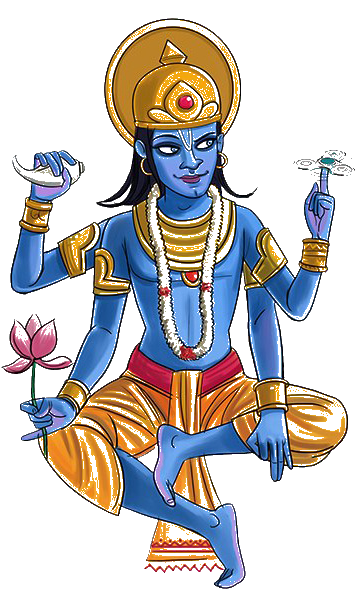
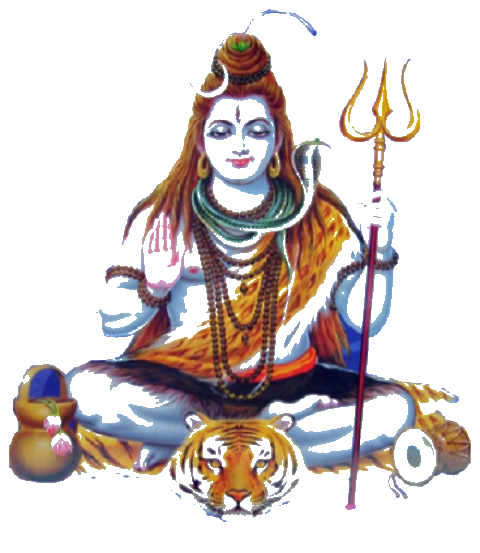
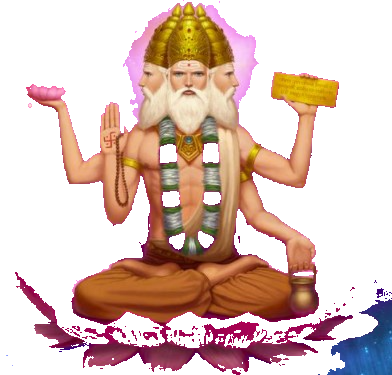
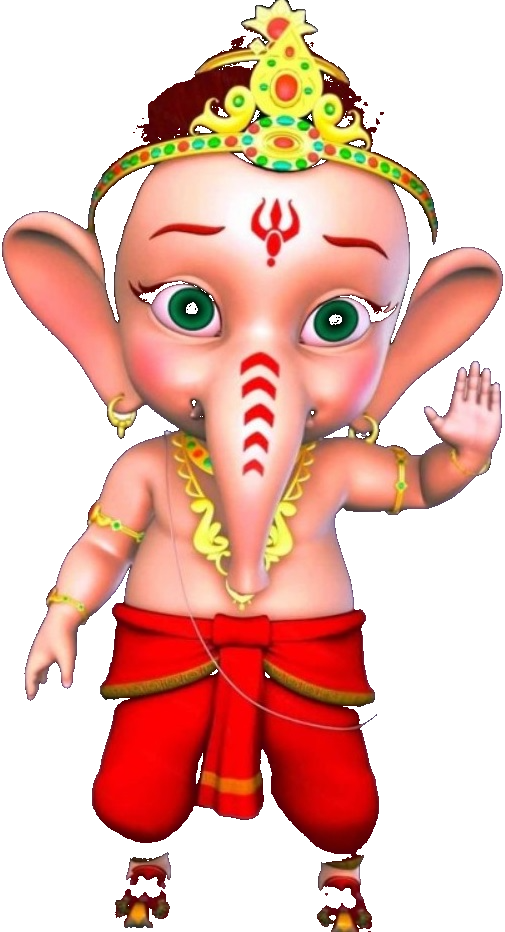
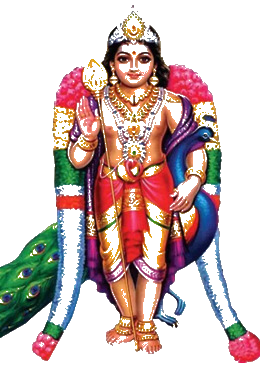
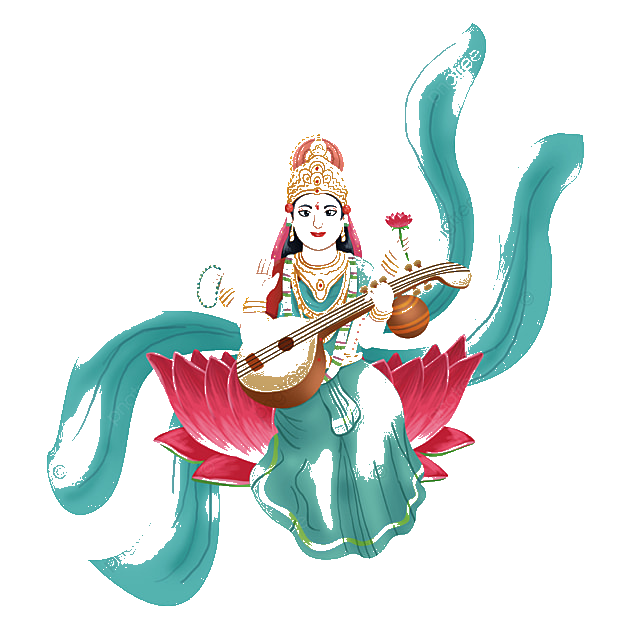
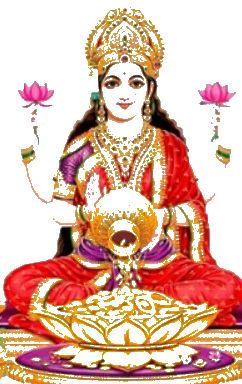









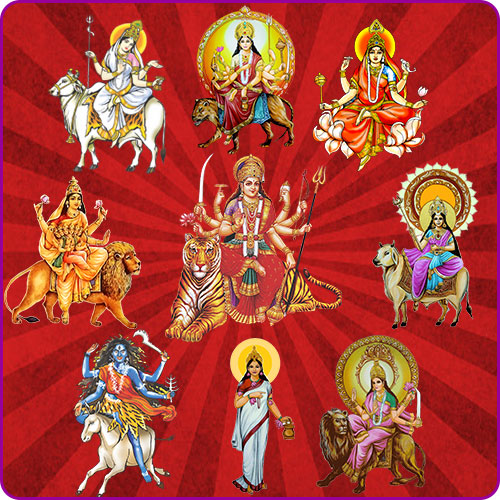
We celebrate four Navratri according to Mahakala Samhita: Sharad Navratri, Chaitra Navratri, Magha Gupta Navratri, Ashadha Gupta Navratri. Shardiya Navratri is the most known and significant Navratri amongst the four Navratris. Each Avatar of Navdurga represents a distinct characteristic of Goddess Durga.
Each day a
specific Prasad is offered to Navdurga traditionally.
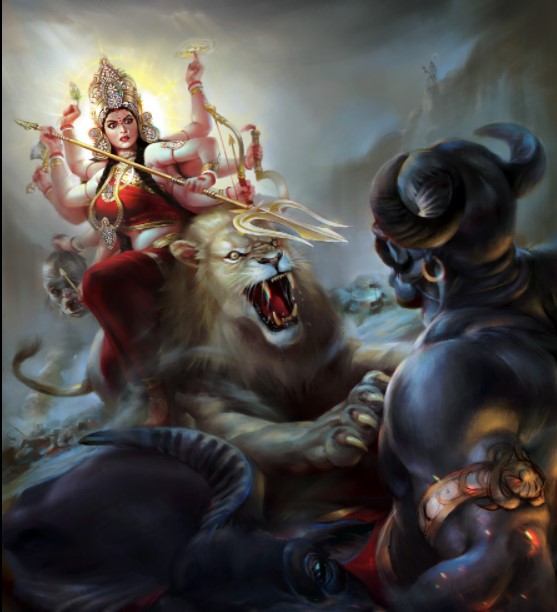
Durga, (means “the Inaccessible”) in Hinduism, a principal form of the Goddess, also known as Devi as Shakti.According to mythology, Durga was created for the slaying of the buffalo demon Mahisasura by Brahma, Vishnu, Shiva, and the lesser gods, who were otherwise powerless to overcome him.
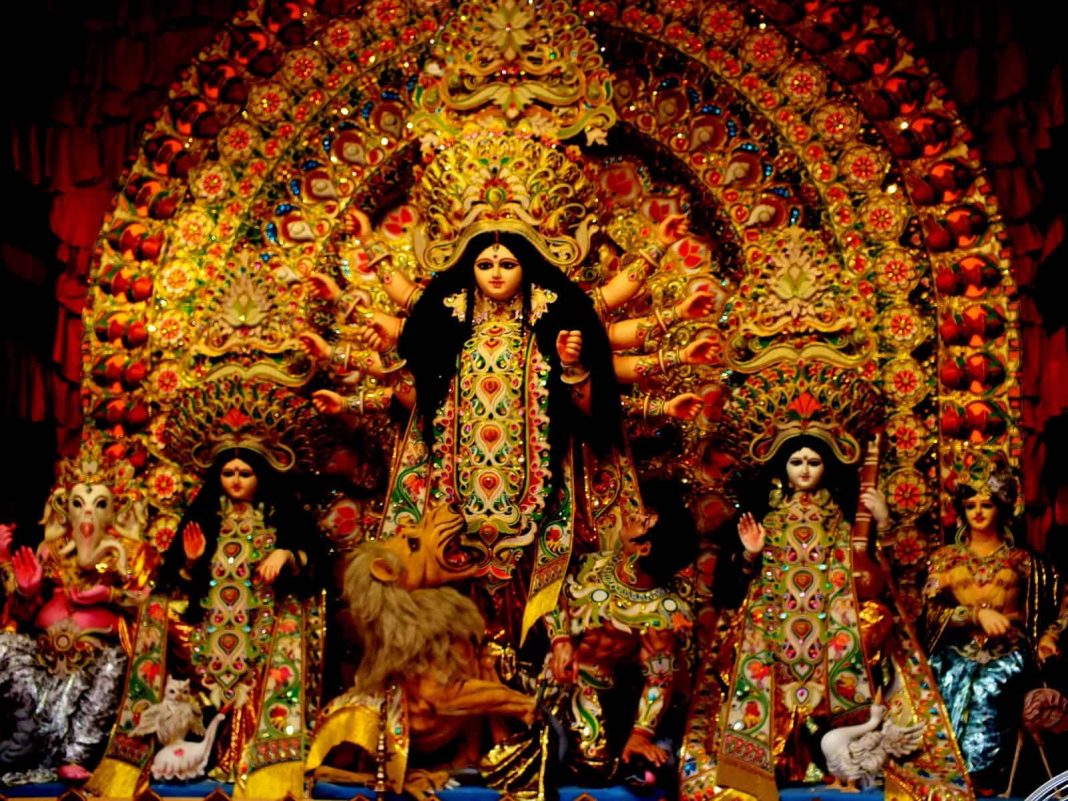
In West Bengal, it is celebrated as Durga Puja
refers to all the six days during Devi Paksha observed as
Panchami, Maha Shashthi, Maha Saptami,
Maha Ashtami, Maha Navami and Vijayadashami. Durga Puja is also known as Sharadotsava.
In other states of India, it is observed as Navratri which is celebrated for nine days.
Navratri is an annual Hindu festival dedicated to Goddess Durga. Navratri is celebrated during Devi Paksha which is 15 days period of Ashwin lunar month as per Hindu calendar. Devi Paksha begins on the next day of Sarvapitru Amavasya which
is also known as Mahalaya and ends on Kojagori Lokkhi Puja. Devi Paksha literally translates to "Fortnight of the Goddess".
In Maharastra & Gujarat during Navratri people celebrate by playing Garba & Dandia with family and
friends.
Following the Drik Panchang
Tales of the Ancient Puran
As mentioned in various Hindu mythology, before the era of Lord Rama, Chaitra Navratri used to be the most significant time to worship Goddess Durga. However, the significance of Chaitra Navratri was lessened and shifted to Durga
Puja during the era of Lord Rama.
As per Puranic legends, Lord Rama worshipped Goddess Durga before going to war with Ravana. It is believed that Lord Rama had performed Chandi Homa and sought the blessing of Goddess Durga before
going to war. As it was untimely invocation of Goddess Durga, the worshipping of Goddess Durga during this time of the year is also known as Akal Bodhan i.e. untimely invocation. As Lord Rama was blessed with victory over powerful
demon Ravana, this time of the year is considered the most suitable to seek blessings of Goddess Durga and to perform Chandi Homa.
It is believed that when Goddess Durga arrives, She is accompanied by her four children, namely
Goddess Lakshmi, Goddess Saraswati, Lord Ganesha and Lord Kartikeya. In West Bengal, all these four deities are considered the children of Goddess Durga. Hence, Goddess Lakshmi, Goddess Saraswati, Lord Ganesha and Lord Kartikeya are
also worshipped during Durga Puja.

Maa Durga is arriving on the palanquin this year.
So as this year Goddess Durga is arriving on the Palanquin (Doli). As per the Hindu scriptures, arrival of Maa Durga on the palanquin indicates plague, but she continues to provide food to her devotees.

Maa Durga is also departing on an Elephant this year.
If the Bhagwat Puran is believed then it is said that if the Goddess leaves on Friday, then her vehicle is an elephant and having an elephant vehicle is also an indicator that there will be good rainfall, but in the case of agriculture, the situation will be good.Also on an elephant is considered auspicious.